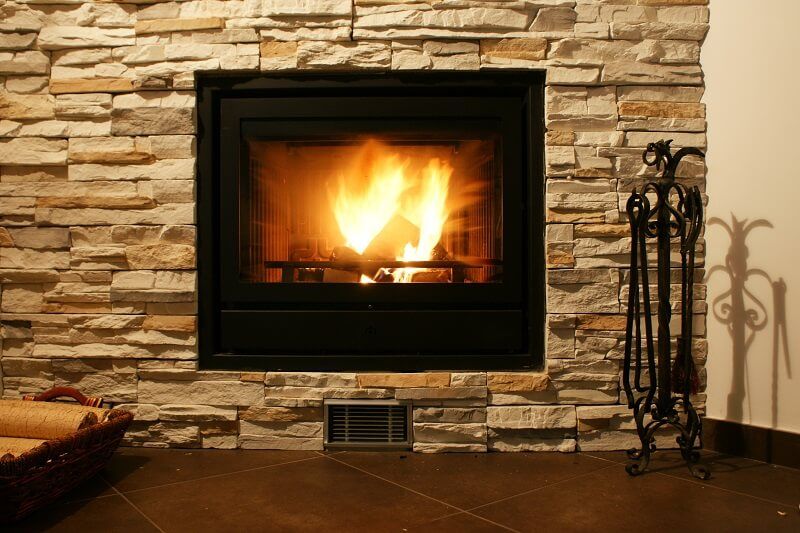Efficiency, price, and durability - there are many reasons in favor of gas heating system. We will show you in detail whether it is the right solution for modernization.
Gas heating with condensing technology is efficient and reduces costs.
Modern gas heaters work with condensing technology and are up to 30 percent more efficient than gas heaters with calorific value technology, which was the standard for old devices. The reason for the higher efficiency can be explained quite simply.
With both technologies, the fuel is burned via a gas burner. The heat is then transferred to the heating water via a heat exchanger and then passed on to the radiators. So much for the similarities.
The big difference between condensing and heating technology lies in the use of exhaust gas heat. While gas heating with calorific value technology releases the exhaust gas heat to the environment, gas condensing heating uses the heat from the exhaust gases. A second heat exchanger absorbs the heat and feeds it back into the heating circuit. Gas heating with packing technology; therefore, not only consumes less gas it also significantly reduces heating costs and CO2 emissions.
To put it simply, there are four variants of gas heating, which differ mainly in the hot water supply, the size, and whether they are wall-hung or floor-standing.
The gas boiler is the simplest variant of gas heating. It is mostly wall-hung and provides heating and hot water.
The combi boiler looks similar to the gas boiler and is usually the same size, but it combines heating and hot water in one device. The water is heated here via a flow heater, i.e., it is heated when required and not stored. However, a combination heater cannot be combined with solar thermal energy. All other variants can be expanded to include a solar system.
The compact gas device also combines heating and hot water in one machine, but the water heating occurs in an integrated storage tank. Such has the advantage that hot water is available more quickly. Compact devices are more extensive due to internal memory and can be wall-hung or floor-standing.
The gas boiler is significantly larger, floor-standing, and can cover a higher heat requirement than the other variants. An external water tank guarantees the hot water supply. Such makes sense, of course, since the floor-standing gas boiler is used in buildings with a higher heat and water requirement due to its performance, and therefore a small internal storage tank would quickly reach its limits.
Advantages of wall-mounted and floor-standing gas heaters
The main advantages of the wall-mounted devices are their purchase price and their compact size. However, they have a limited burner output (up to 35 kilowatts) and are therefore more likely to be used for single-family houses or as floor heating in apartments.
When you buy a floor-standing gas heater, you have a powerful condensing boiler suitable for supplying multi-family houses.
Besides, the construction of a gas boiler enables individual components to be installed more spaciously and thus more easily accessible in contrast to wall-mounted devices. Such a system has advantages in terms of repair and maintenance.
